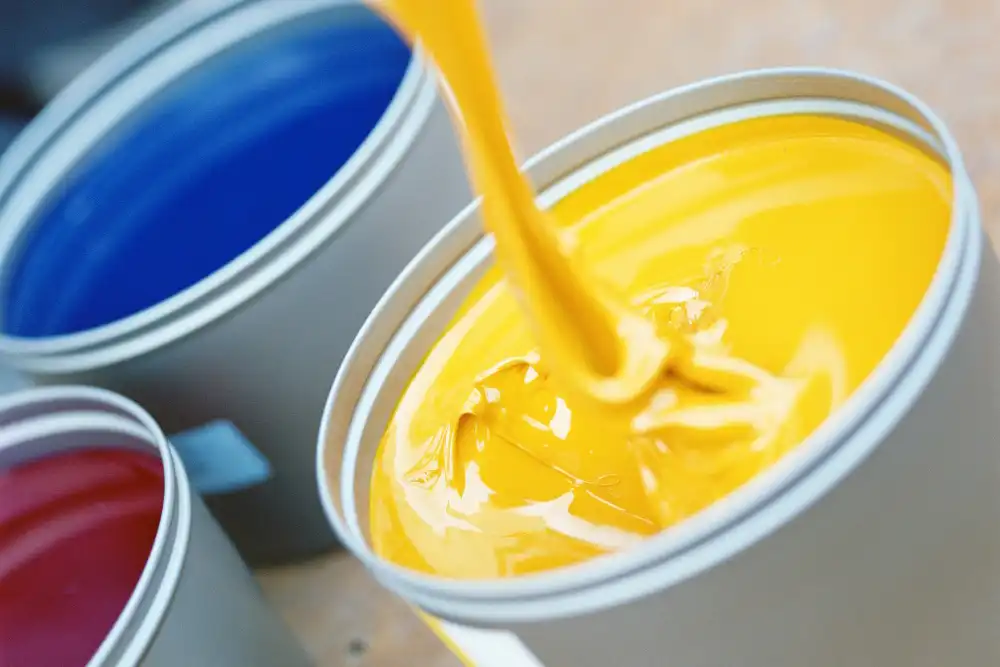Meixi Biology observes that when we walk into a newly renovated room, the odors are becoming fainter, and touching furniture surfaces reveals a delicate, smooth texture. Behind these improvements lies the upgrade and iteration of water-based coatings. In the formulation of eco-friendly water-based coatings, Magnesium Carbonate ($\text{MgCO}_3$), a seemingly ordinary mineral powder, plays the role of an indispensable “invisible hero.”

1. Material Properties and Stability
Magnesium Carbonate is a natural mineral derivative, primarily obtained from the purification of magnesite, though it can also be prepared via chemical precipitation.
- Physical Form: It appears as a white, loose powder that is odorless and tasteless.
- Safety & Stability: It is non-toxic and harmless to the human body. It possesses excellent chemical stability, meaning it does not react adversely with resins, water, or other components in water-based coatings.
- Structure: Crucially, its unique crystal structure—specifically its plate-like morphology—grants it outstanding dispersibility in water-based systems. It does not easily settle or stratify, providing a foundational guarantee for the storage and application of the coating.
2. Environmental Advantages: The “Green” Choice
As a core filler for water-based coatings, the primary advantage of Magnesium Carbonate is its environmental friendliness.
- Low VOC Alignment: The core selling point of water-based coatings is low VOC (Volatile Organic Compounds) emissions. $\text{MgCO}_3$ itself contains no organic solvents and releases no harmful substances, aligning perfectly with the R&D philosophy of eco-friendly coatings.
- Reduced Toxicity: Compared to traditional fillers, it can reduce the usage of toxic additives in the coating, making renovated spaces compliant with stricter health standards. This is particularly suitable for homes, schools, hospitals, and other places with high environmental requirements.
3. Functional Versatility: Enhancing Performance
Functionally, Magnesium Carbonate is truly “multitalented”:
- High Hiding Power: Its refractive index matches the resin system of water-based coatings highly well. This significantly boosts the hiding power (coverage) of the paint. Walls or objects often require only 1-2 coats to cover the base color, saving material and improving construction efficiency.
- Durability: The plate-like crystals form a dense “protective net” within the paint film. This enhances the film’s hardness and abrasion resistance, making walls less prone to scratching and furniture surfaces more resistant to wiping.
- Improved Leveling: It improves the leveling property of the coating, preventing issues such as brush marks or sagging during application, resulting in a flatter and smoother surface.
4. Wide Range of Applications
Magnesium Carbonate is widely used across various coating sectors:
- Architectural Wall Coatings: It provides a soft whiteness to walls and prevents yellowing or fading.
- Wood Coatings: It enhances the delicacy of furniture surfaces while highlighting the natural wood grain.
- Industrial Anti-Corrosion Coatings: Its acid and alkali resistance strengthens the protection of metal surfaces, extending the lifespan of equipment.
5. Future Outlook
With tightening environmental regulations and increasing consumer health awareness, high-purity, ultra-fine particle size modified Magnesium Carbonate is becoming the preferred filler for high-end water-based coatings.
From a natural mineral to a key component in coating formulations, Magnesium Carbonate—with its eco-friendly and multifunctional characteristics—is a significant driver in the development of water-based coatings. As powder modification technology advances, Messi Biology anticipates that Magnesium Carbonate will play an even greater role in improving weather resistance and reducing production costs, continuing to safeguard our green living environments.
